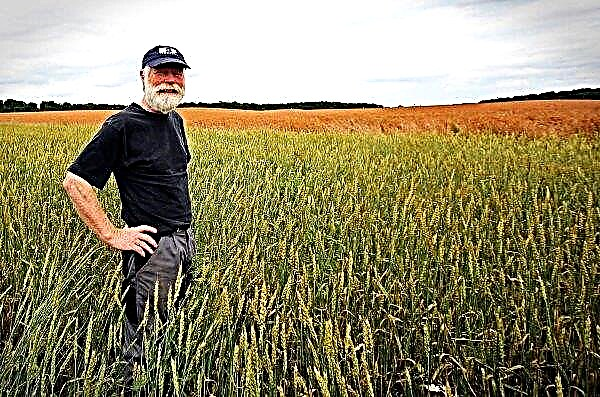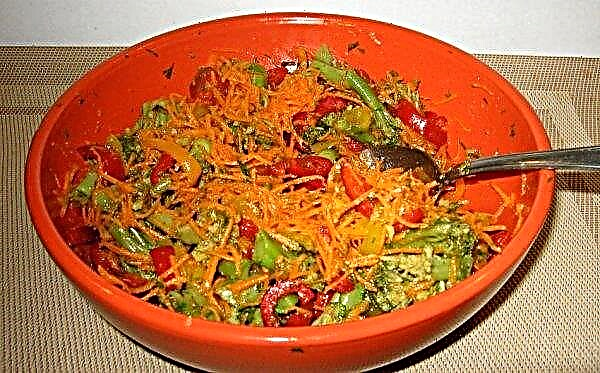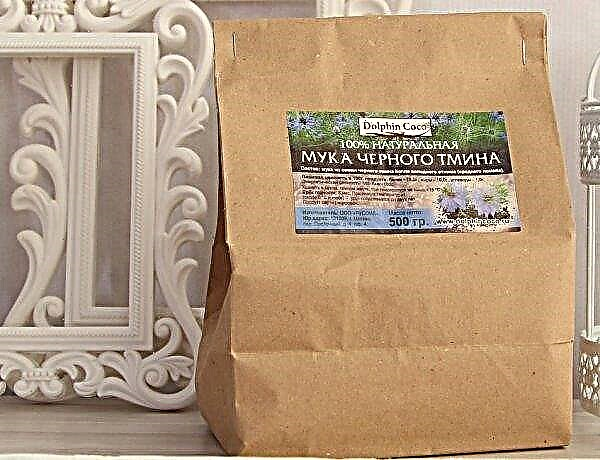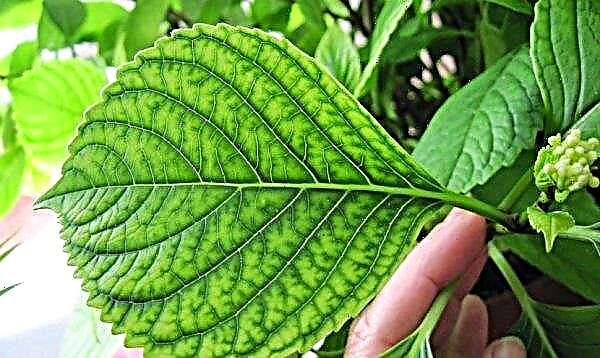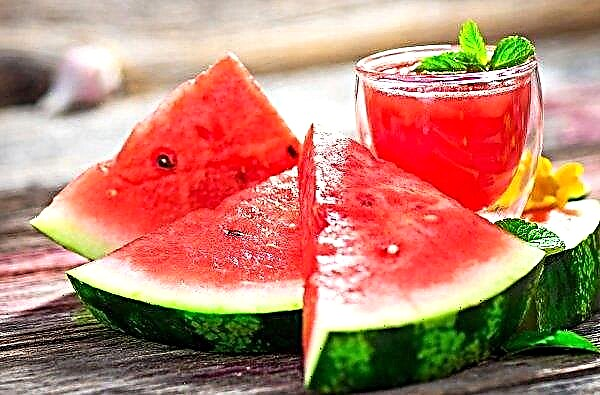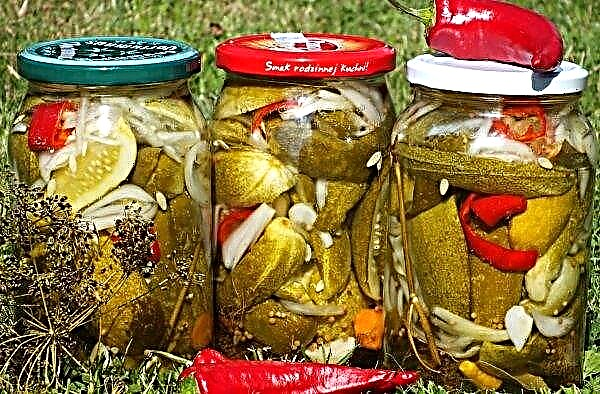The world of plant names is penetrated by homonyms, when two different plants have the same name, or by synonyms - the same plant is called by different names. For this reason, confusion often occurs, therefore, to avoid this situation, biologists use the Latin names of plants. To understand the understanding of whether saffron and marigold are different colors, this material will help determine the difference and similarity of plants.
Similarities
Cases of confusion in the names of flowers and plants are quite common, and there are many inconsistencies in scientific names and household names: snowdrop and scrub, geranium and pelargonium, bulrush and cattail, aloe and agave.
When you hear the word "marigolds", you most likely imagine a sunny yellow flower, which flower growers often grow on their flowerbeds. Other representations may be caused by the word "saffron", and there are several of them - spice, flower, crocus, apple variety and its fruit. To avoid confusion, you should be guided by Latin names and compare marigolds (Tagetes) with saffron (Crocus).
Did you know? During his Asian campaigns, Alexander the Great used saffron in infusions and baths to heal combat wounds. The troops of the great commander, imitating the Persians, brought to Greece the practice of using saffron baths.
What is common between these so different plants:
- both species are flowers;
- the use of flower parts as a spice - for these purposes, orange-red stigmas are used for plant saffron (Crocus Sativus), and petals for marigolds;
- spices have a similar taste (honey-bitter and slightly astringent) and floral aroma;
- yellow color, which gives the culinary dishes used parts of flowers;
- the use of flowers in traditional and traditional medicine in the form of herbal preparations and tinctures;
- in the Caucasus, marigolds are called Imereti saffron (Zafaran).

Major differences
The main difference between these colors is their belonging to different families. They differ in the appearance of inflorescences, stem and leaf shape, method of reproduction, origin.
Marigolds have a wide variety of shapes of flower baskets and their color scheme, while crocuses of all kinds are similar in flower shape and color schemes. The intensity of aromatic, taste and color perceptions of saffron as a spice far exceeds marigolds.
For a more visual representation of the differences in the colors of marigolds and crocus, one should consider their characteristics within the family and find out how these plants differ.
Astrov family
Tagetes marigolds are home to the tropical regions of Central America, where they are found in the wild from New Mexico and Arizona to Argentina. From there, in the 16th century, with the help of the Spanish conquistadors, the flower was introduced into Europe, Russia, Asia Minor and beyond.
Important! The genus Marigolds belongs to the Asteraceae or Asteraceae family. This is a herbaceous annual or perennial plant.
Botanical Description:
- upright stalk 30–110 cm, striped, sometimes ribbed, smooth or with light villi, cylindrical or oval, may be grassy or woody, with resin channels in the bark, which, when compressed, produce a spicy aroma;
- the root is cylindrical, rough, with a fibrous and small branching system;
- opposite leaves, alternating from above, up to 20 cm long, painted in all shades of green;
- the shape of the leaves is cirrus and consists of 11-17 leaves, lanceolate up to 5 cm long and 1.5 cm wide, sharp and jagged before attachment to the stem;
- the lower parts of each leaf are reticular (in the form of threads), the upper ones are sometimes completely reticular; with abundant round glands;
- flowers are grouped into small heads (2-6 cm in diameter) or into single inflorescences on peduncles up to 15 cm;
- color of flowers - from yellow to red-purple;
- each flower consists of disk petals and a corolla, in which there are 150–250 reeds 8–10 mm long yellow or orange;
- fruits and seeds of 7-10 mm, smooth or covered with stiff hairs in the corners;
- the flowering period is long - from mid-summer to autumn;
- easily propagated by seeds that retain viability for 3-4 years.
Marigold flowers are rich in orange-yellow pigment lutein and are used as food coloring for products such as pasta, vegetable oil and fats, mayonnaise, pastries and pastries, cheeses and dairy products, citrus juices. The orange petals of garden marigolds are easy to dry and store. In cooking, they are often used as an economic substitute for saffron.
Dried flower petals, powdered, are used in poultry feeds to provide bright colors for egg yolks and broiler skins, especially in the absence of well-pigmented yellow corn in the feed.
Both fresh and dry flowers can be used to dye wool, silk and cellulose fibers in shades of golden yellow, orange, olive green or bronze, depending on the detergents used. Essential oil obtained from the flowers and leaves of marigold is used in perfumes to give floral and "apple" notes.
Iris family
The homeland of crocuses is the island of Crete and the Mediterranean region.
Biological characteristics:
- plant height - 25–40 cm;
- no stem;
- narrow basal leaves;
- one pistil, split in the upper part, three stamens;
- the renewal kidney is located at the top of the corm;
- lower ovary, single buds, flower consists of three petals;
- tubers in the form of bulbs;
- bulbous root;
- fruits in the form of small seed bolls;
- flowering period - autumn or spring, depending on the variety.
Cultured saffron crocus is a perennial herb that blooms in autumn and has been artificially selected by humans to produce the world famous spice - saffron. Since the flowers are sterile, saffron crocus does not produce viable seeds, therefore its reproduction is completely dependent on human intervention: the bulbs must be dug out manually, divided and transplanted.
The corm gives an shoot that grows only one season and multiplies by division, forming up to 10 individual brown bulbs in the ground, up to 4.5 cm in diameter and covered with a layer of parallel thin fibers that grow 4-6 cm above the plant’s neck.Important! The genus of crocuses belongs to the family of the Iris or Kasatikov (Iridáceae). This is a perennial tuberous herb.

After summer hibernation, 5–11 narrow, membrane-like kidney leaves (cataphillas) appear on the bulb at the bulb, which cover and protect future and present almost vertical green leaves.
The latter can reach up to 40 cm in length. Narrow at the beginning of growth (2–4 mm), they expand after the beginning of flowering or simultaneously with the development of flowers and continue to grow after they wither. Later in the fall, flower buds form buds. Only in October, after most of the other flowering plants bloomed and their seeds ripened, saffron crocus blossoms with brightly colored funnel-shaped inflorescences.
Did you know? Saffron powder dye mixed with egg yolk and added to tempera gives the paint, which was illustrated by ancient manuscripts. And when mixed with protein, varnish was obtained to give the surface of metal products imitation of gold.
Each bulb gives 1–7 flowers. Their color can vary from light pastel, light violet (lilac) and to darker shades. During flowering, saffron crocus reaches an average of 30 cm in height.
 1 - seed saffron (C. sativus); 2 - it is in a longitudinal section through the plant (a - old tuber, b - young tuber, c - arrow, d - ovary, d - perianth tube); 3 - net saffron (C. reticulatus); 4 - beautiful saffron (C. speciosus)
1 - seed saffron (C. sativus); 2 - it is in a longitudinal section through the plant (a - old tuber, b - young tuber, c - arrow, d - ovary, d - perianth tube); 3 - net saffron (C. reticulatus); 4 - beautiful saffron (C. speciosus)
Each flower has a pestle with three burgundy stigmas, which reach a length of 25-30 mm and are located on top of the petals. The flower also has three yellow stamens that do not contain active compounds and are usually not collected.
About 80 species of crocus, many of which are grown as ornamental, are common in Europe, the Caucasus, and Asia. In Russia, several species are found in the southern regions. But only the stigmas of the flowers of planting saffron (Crocus Sativus) are used as a spice and for coloring food products. Other types of this culture are not suitable for use for this purpose.

The filamentous stigmas contain more than 150 essential and aromatic compounds, many non-essential active ingredients such as carotenoids and alpha and beta carotene. However, the golden yellow-orange color of the spice is mainly due to alpha-crocin, and the bitter taste is due to picrocrocin glucoside.
Why are these two flowers confused
These two flowers are confused only by association with a spice, a similar coloring matter and floral aroma. It is enough to open any search engine to make sure that there is a marigold plant, but there is no saffron flower, but there is a crocus.
And if in scientific papers the word “saffron” is still used to mean a plant, then the word “Crocus” is necessarily indicated in brackets. From a scientific point of view, saffron is not a plant at all, but a spice of three stigmas of sowing crocus.
Confusion arises from everyday and vernacular names. But if, having sorted out the distinguishing features of marigolds and crocus as flowers, it is already difficult to confuse them, then it can be quite difficult to distinguish real saffron spice from its substitutes.
Often, instead of real saffron, they often sell other fragrant-spicy plants, which also have the ability to color foods yellow - turmeric, safflower, calendula and marigold.
 Sometimes these spices are called “saffron for the poor,” since the natural product is the most expensive spice in the world and is never sold in powder form, but only with thin threadlike structures.
Sometimes these spices are called “saffron for the poor,” since the natural product is the most expensive spice in the world and is never sold in powder form, but only with thin threadlike structures.
This is a very noble spice that fills the room with an aroma similar to the smell of vanilla, and tastes bitter with a slightly resinous, spicy finish. The aphorism says that saffron is always sweet in smell, but never sweet in taste.
The word "crocus" is translated from Greek as "thread, fiber", since the dried stigmas of a flower look like threads. And the word “saffron” echoes in many languages with the definition of the color in which this spice colors the products - “Zeferan”, which means “yellow”.
Carefully observe the nature, study the structure of plants and use their Latin names in the definition, then you will never be mistaken in identifying flowers and will pass for a knowledgeable person.



